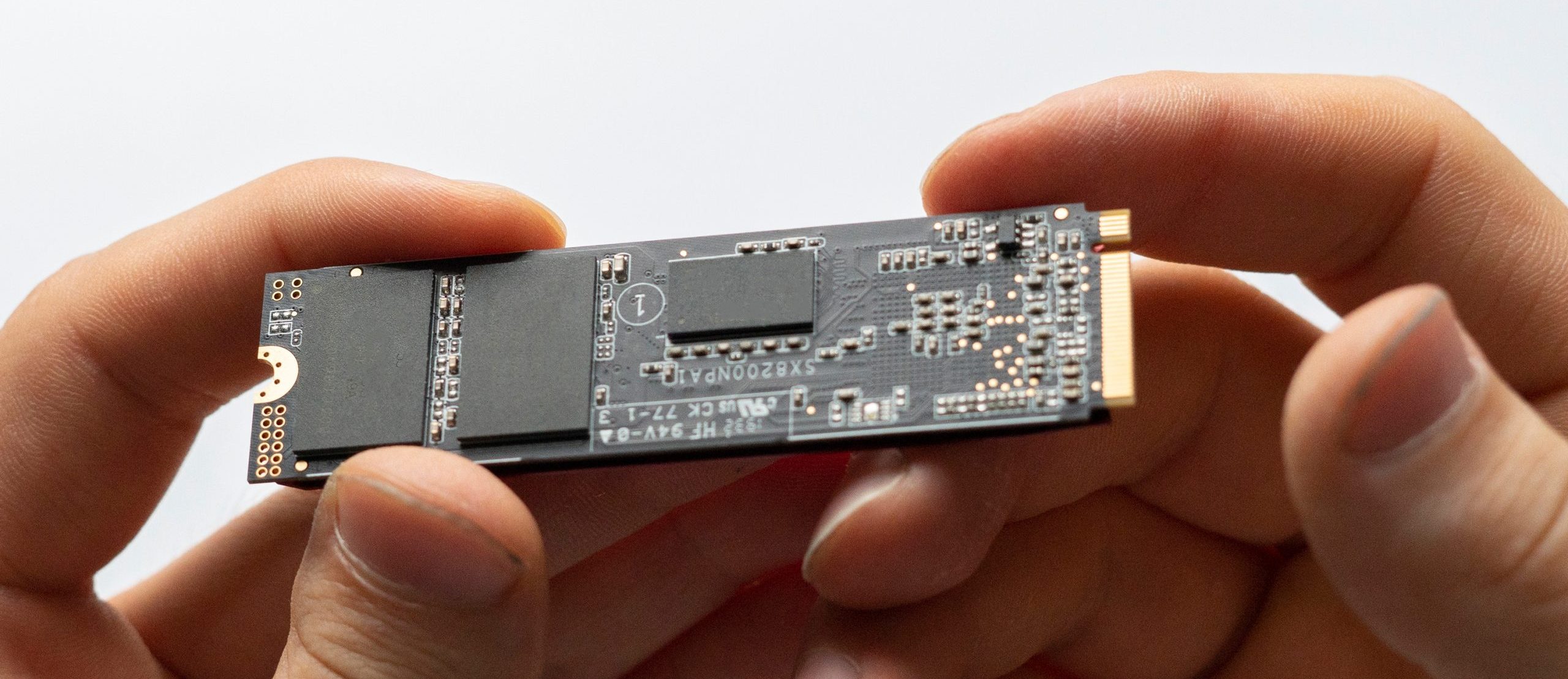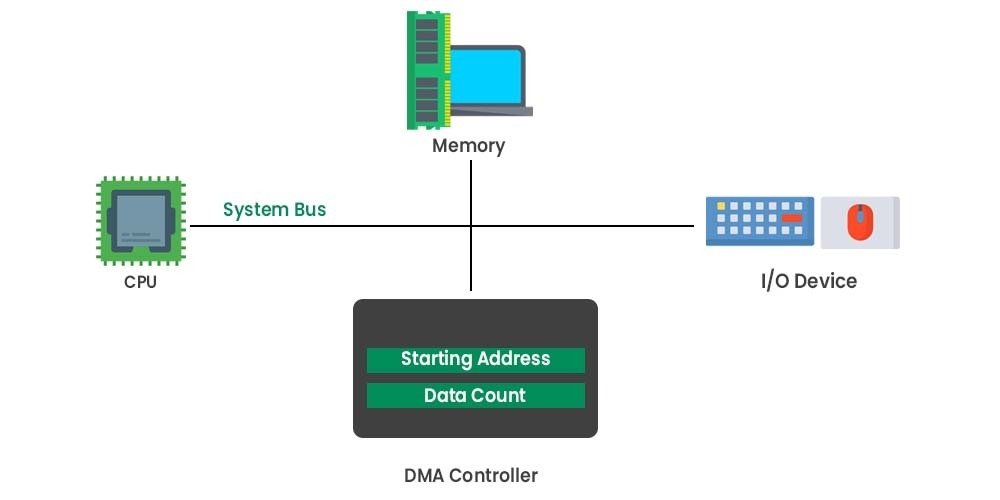Types of Memory Chips
Memory chips are divided into volatile memory (RAM) and non-volatile memory (NVM). Volatile memory cannot retain stored information after power is removed, while non-volatile memory can preserve code and data without power.
Non-volatile memory includes flash memory and read-only memory. Flash memory is further categorized into NAND and NOR types.
Advantages of NAND Flash
NAND flash uses floating-gate transistors that trap charge on a floating gate, allowing stored charge to remain without power and enabling reliable data retention.
Compared with NOR flash, NAND flash typically offers faster read/write speeds, higher storage density, faster block erase/write operations, and longer endurance. Overall, NAND flash provides a cost-effective solution for large-capacity data storage and is the most common non-volatile storage technology in the market.
Serial NAND vs Raw NAND
NAND flash can be divided into serial NAND and raw NAND. Serial NAND uses a serial interface, while raw NAND uses a parallel interface. Historically, parallel interfaces provided significantly higher data rates than serial interfaces. Although serial interface speeds have improved over time and parallel routing incurs higher design costs, parallel-interface NAND remains a mainstream option.
 ALLPCB
ALLPCB








